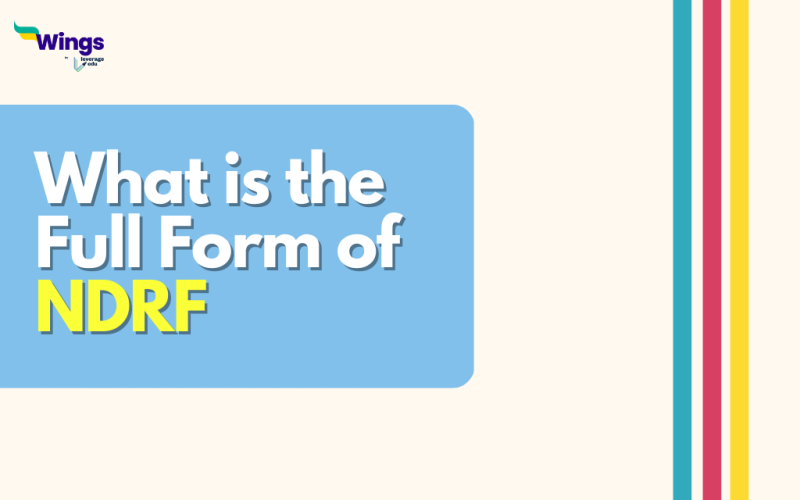The full form of NDRF is National Disaster Response Force. It is a specialised force established Under the Disaster Management Act of 2005 under section 44. It extends a swift and specialised reaction for natural or man-made disasters such as earthquakes, landslides or floods. It currently has 12 battalions with each battalion consisting of 1149 people. Battalions are reported in various states of India. It is trained and at service to respond to catastrophic events. NDRF’s director-general is an IPS officer on deputation. The following are the battalions in each state of India:
- Odisha
- West Bengal
- Assam
- Gujarat
- Uttar Pradesh
- Tamil Nadu
- Andhra Pradesh
- Punjab
- Bihar
- Arunachal Pradesh
Also Read: What is Disaster Management?
What is the Structure of NDRF?
Table of Contents [show]
The structure of NDRF is as follows:
- The Prime Minister of India serves as the chairman of NDMA
- NDRF’s director-general is an IPS officer on deputation
- NDRF has 12 battalions with each battalion consisting of 1149 people
- It is staffed by three Border Security Force (BSF), three Central Reserve Police Force (CRPF), two Indo-Tibetan Border Police (ITBP), Sashastra Seema Bal (SSB), and two Central Industrial Security Force (CISF) from the paramilitary of India
Also Read: How to Become an IPS Officer?
What is the Role of NDRF in Natural Disasters?
The following is the role played by NDRF:
NDRF is responsible for carrying out relief and rescue operations during natural disasters. At present, NDRF has carried out 73 operations in the country and successfully saved 1.3 Lakh lives. Additionally, NDRF also has the capability to nuclear, chemical and biological disasters.
Also Read: What is a Natural Disaster?
We hope this has helped you understand the full form of NDRF and everything related to it. Do you want to know more full forms like this? In the world of short forms, you can rely on our page to know more! Get in touch with our study abroad experts to achieve your international dream today!
 One app for all your study abroad needs
One app for all your study abroad needs















 45,000+ students trusted us with their dreams. Take the first step today!
45,000+ students trusted us with their dreams. Take the first step today!
